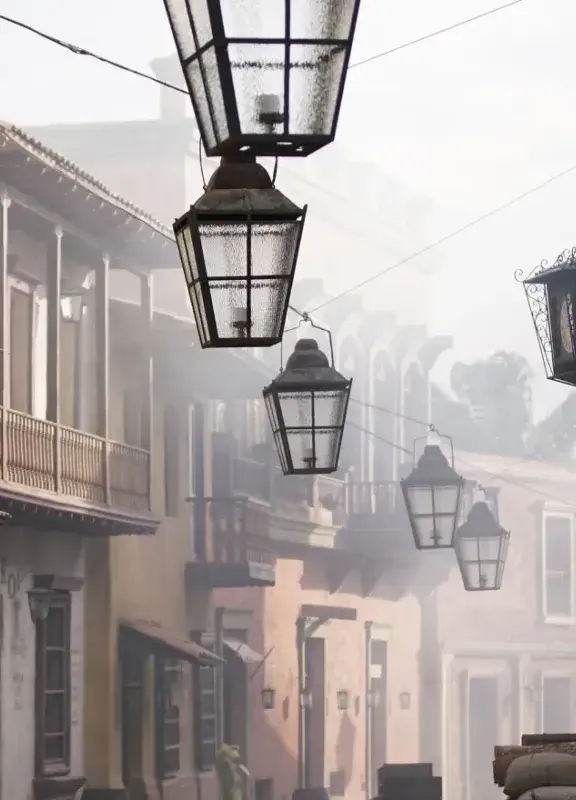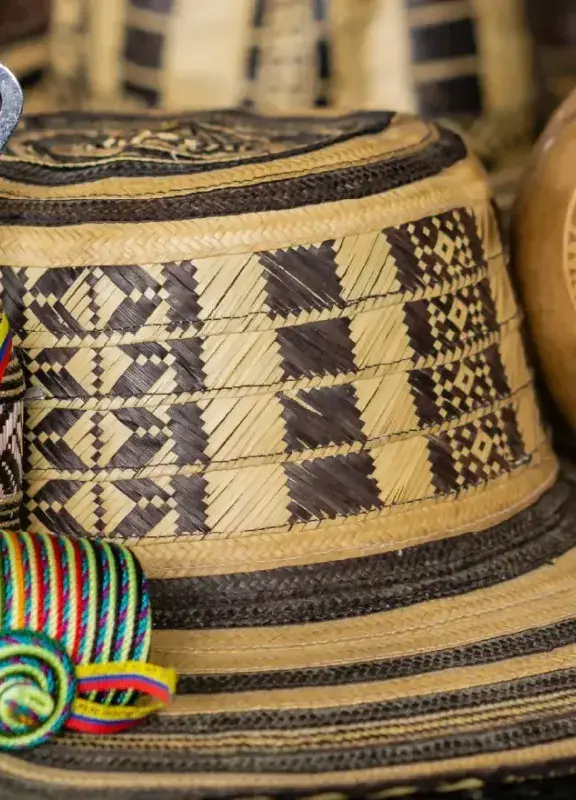Traditional Colombian drinks that are a tradition
1. Aguapanela

Aguapanela, also known as limonada de panela, agua e’ panela, or ‘aguapanela’ in Colombia, is a refreshing, energizing drink and at the same time, a home remedy to alleviate cold symptoms. It is made with panela, water, and sometimes lemon juice, and is consumed throughout Colombia, either hot or cold. Aguapanela is especially popular in Colombian culture, as it is part of the daily life of Colombians. It is often served with cheese, almojábana, or arepa. There is even an alcoholic version called ‘canelazo’, made with cinnamon and aguardiente.
2. Colombian Champús
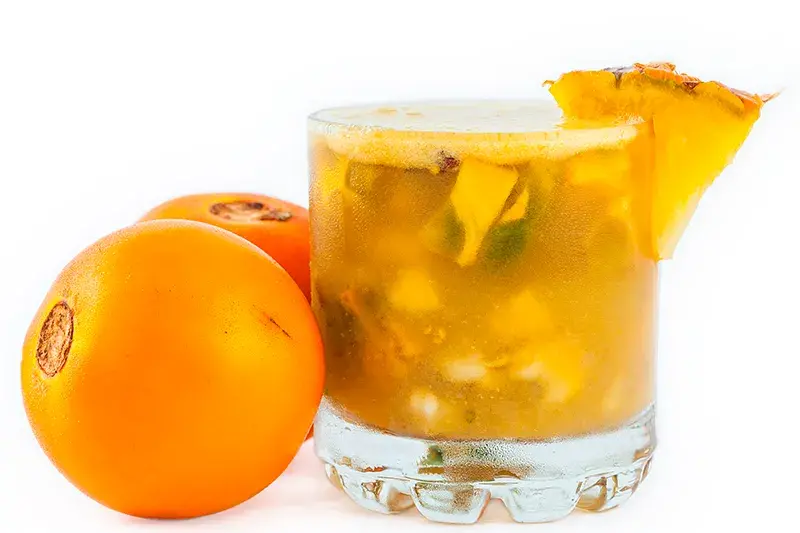
This drink, mostly known and consumed in Valle del Cauca, is made with panela syrup, corn, and local fruits like lulo, pineapple, or soursop, cloves, and cinnamon to taste. It is blended and served with lots of ice as a refreshing drink for the hot days in the salsa capital. It is often accompanied by the traditional ‘pandebono’ or empanadas from Valle del Cauca.
3. Chicha
It is one of the traditional Latin American drinks, made from fermented corn with sugar. In Colombia, depending on the region, it can be made from pineapple or cassava, although it is originally from the Andean region of Colombia. Its alcohol content and its sweet or bitter taste vary depending on the fermentation time. Chicha is originally an indigenous Muisca drink, which gradually became popular, so much so that today it can be found in the center of Bogotá.
4. Refajo

There’s nothing more Colombian than refajo, a drink made by combining beer with soda, usually red kola or the famous ‘Colombiana’ soda. It is one of the most popular drinks on Colombian tables, whether for celebrations or simply sharing a meal, as it became a custom since the 1990s, so much so that it even came out with its own product presentation.
5. Masato
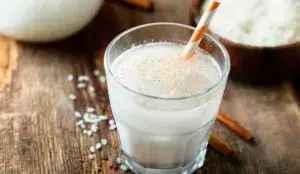
It is one of the most popular artisanal drinks in the departments of Cundinamarca, Santander, and Tolima. Like chicha, it is fermented and made from cereals like rice, corn, and wheat, or tubers like cassava. It is often served with almojábana or yuca bread, consumed cold, and usually enjoyed as a snack (in the morning or afternoon).
6. Viche
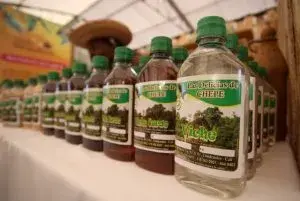
This artisanal drink from the Colombian Pacific is made from sugarcane juice, and various ingredients are added to enhance its flavor. Its alcohol content is similar to that of aguardiente, and from viche, other Colombian drinks like ‘arrechón’, ‘tumbacatre’, and ‘tomaseca’ are derived. In the past, viche was used for stomach aches and as a remedy to increase vigor and fertility, and it has always been known for its aphrodisiac effects.
7. Aguardiente
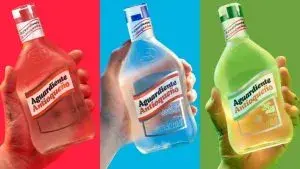
It is colloquially known as ‘guaro’ and is one of the quintessential Colombian drinks. Aguardiente is a distilled drink made from sugarcane and anise, considered the national liquor of Colombia. It is traditionally enjoyed neat and cold. Its consumption is very popular in different cities of Colombia, where emblematic brands like Tapa Roja from Tolima, Doble Anís from Huila, Antioqueño, Néctar from Cundinamarca, among others are sold. Nowadays, premium or ultra-premium Colombian brands such as Aguardiente Mil Demonios have even been introduced to the market.
8. Chirrinchi
It is one of the traditional drinks of the indigenous Wayuu people in La Guajira, Colombia. It is a liquor made by distilling sugarcane panela, mixed with various spices. For the Wayuu people, it is an important drink as part of their celebrations and rituals. However, in Bogotá, a different version of chirrinchi can be found, made with herbs and fruits such as fennel, lemongrass, and chamomile.
9. Borojó
This drink is attributed with aphrodisiac effects, as well as nutritional and healing properties. It is a juice made from borojó, a purple or brown fruit (only found in Chocó), mixed with water, milk, sugar or panela, vanilla, eggs, and ice. It is usually consumed at breakfast or as a snack.
10. Sabajón
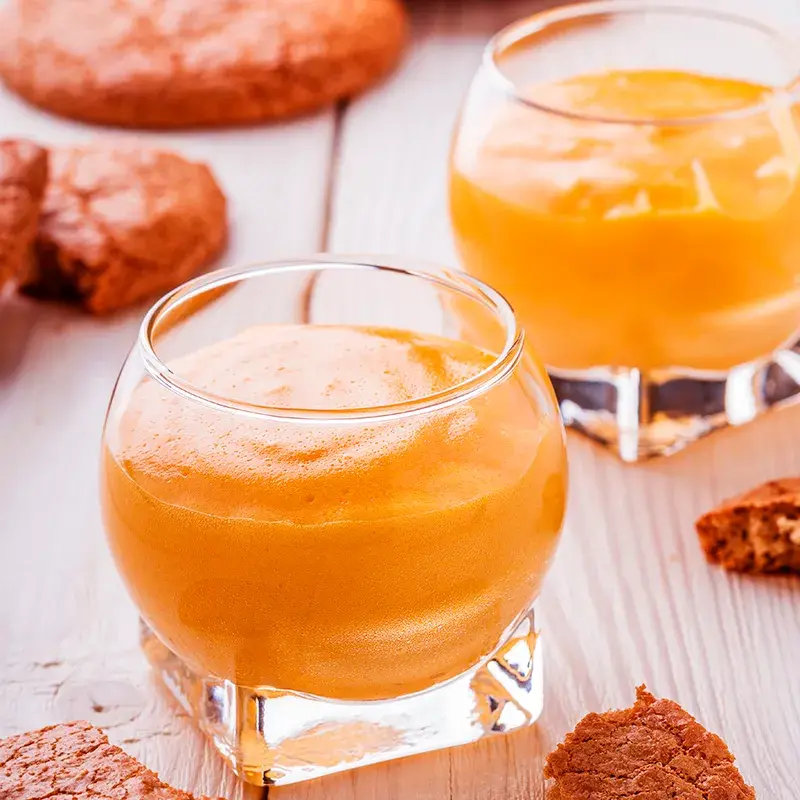
It is a liquor made from aguardiente, very popular for its sweet and creamy flavor, as it includes: milk, egg yolks, condensed milk, and cinnamon. This is one of the traditional drinks of Colombian Christmas celebrations, but it is also enjoyed year-round. It is typically served cold as an aperitif. Continue exploring Colombia's cultural and gastronomic diversity, and you will realize its richness and authenticity.
 Welcome, you are in
Welcome, you are in 








